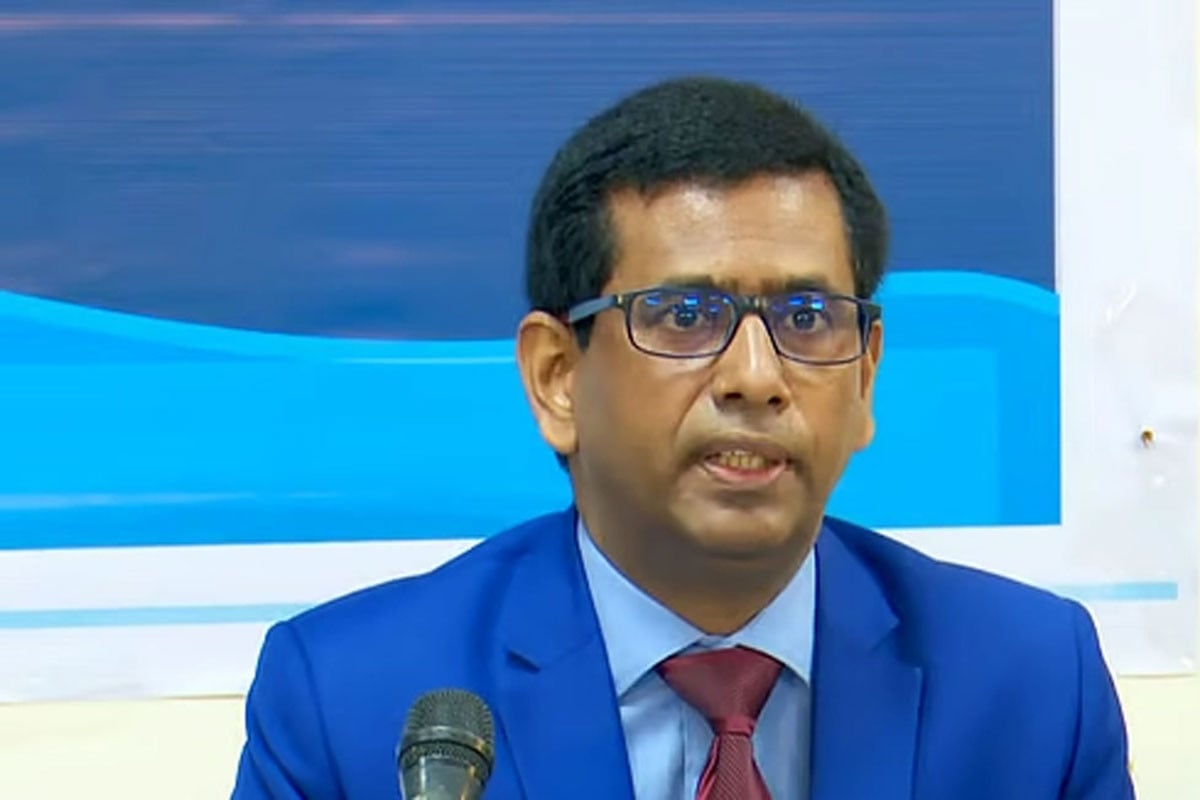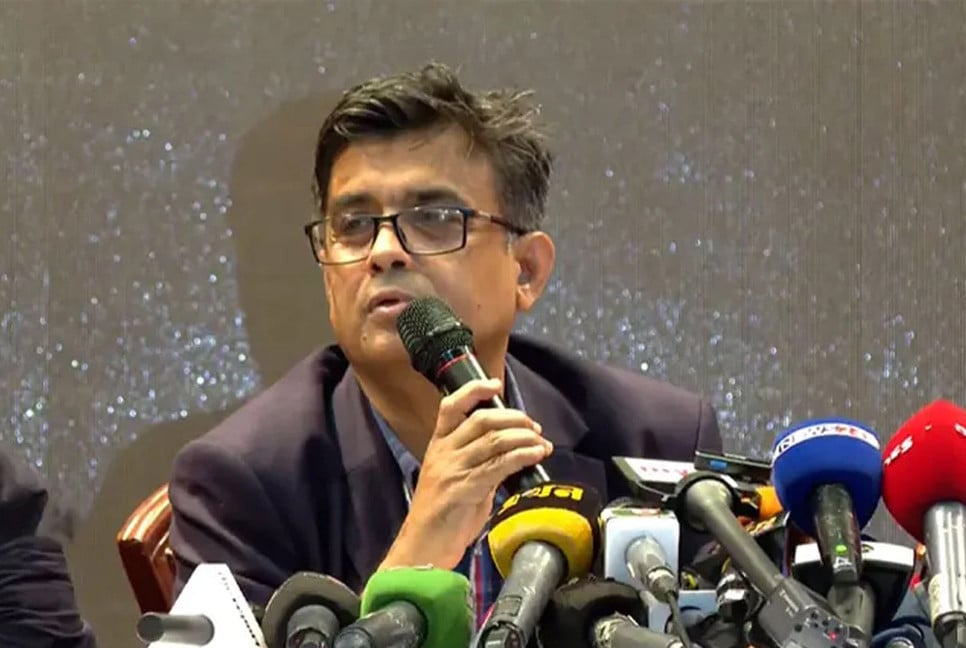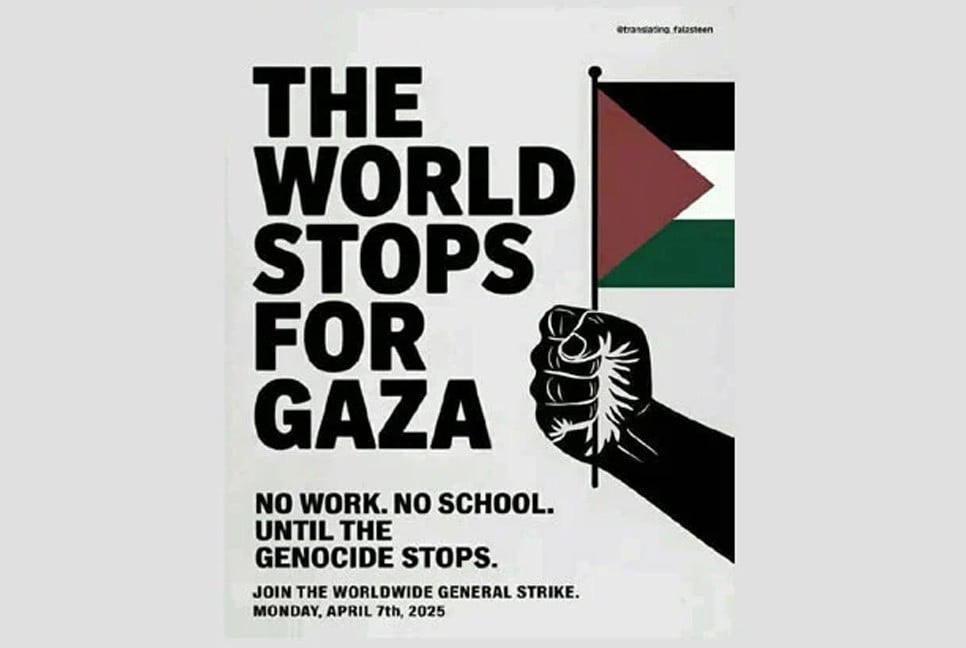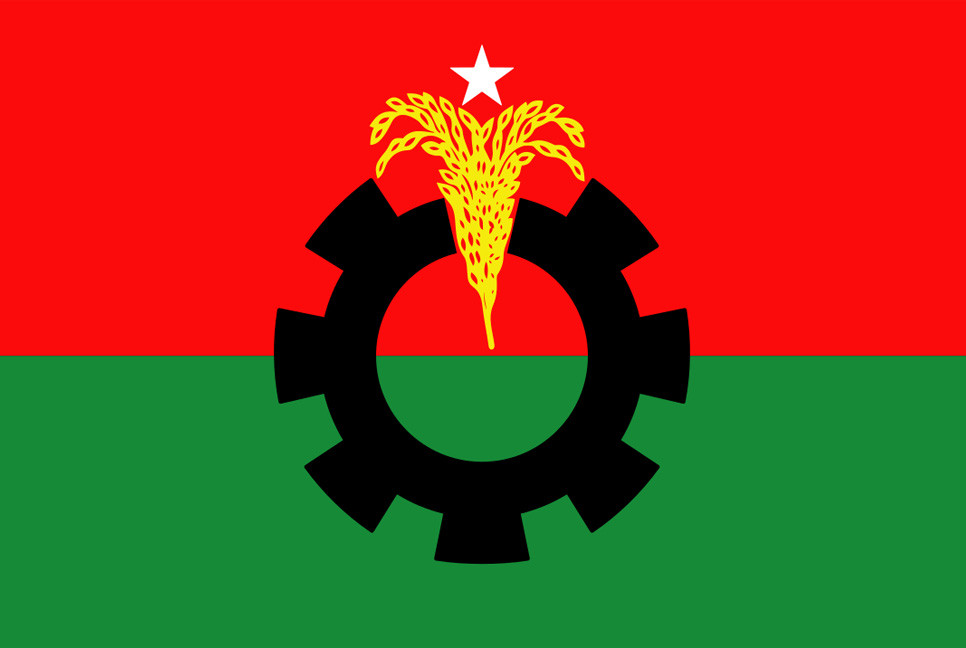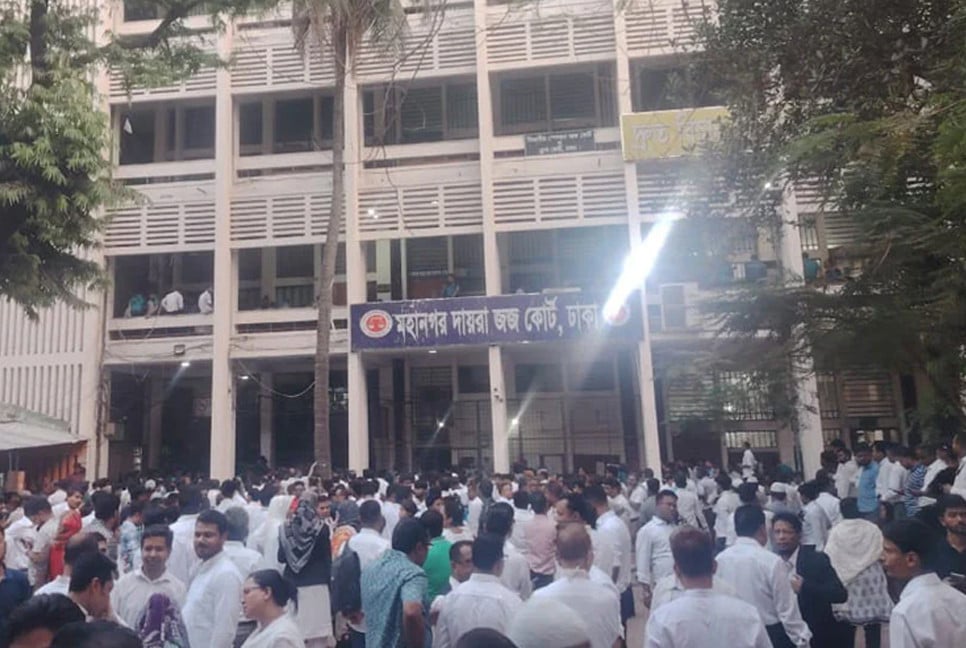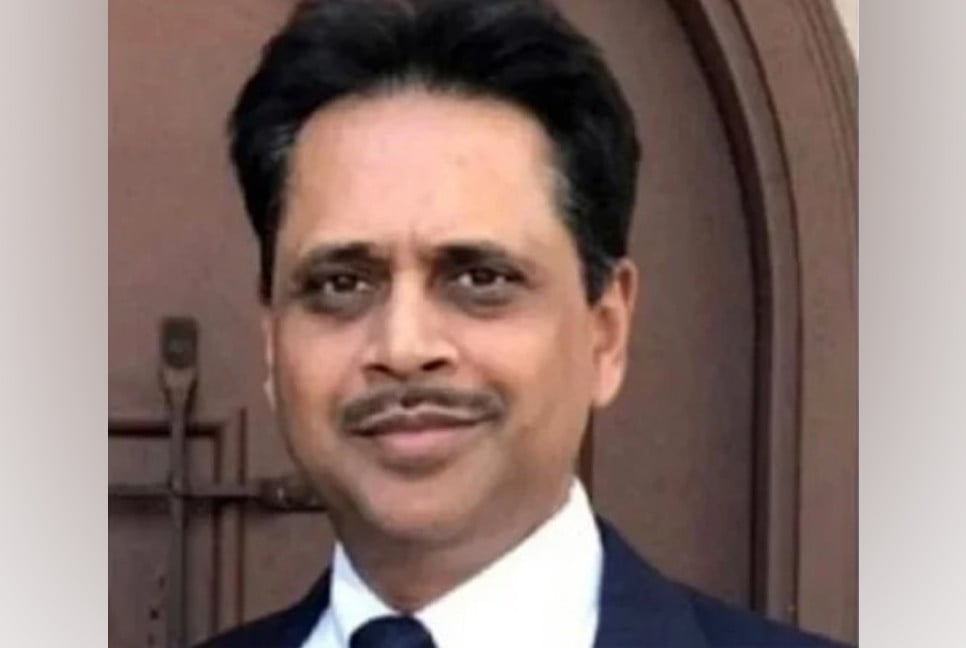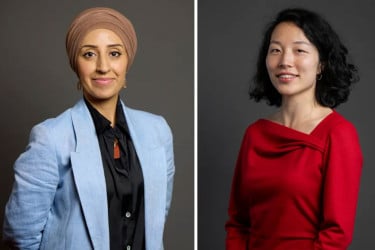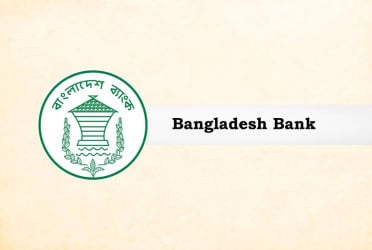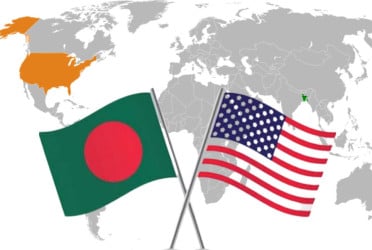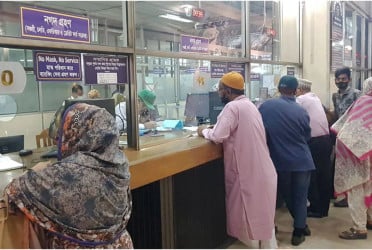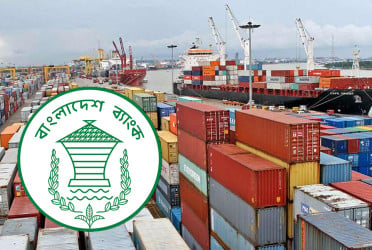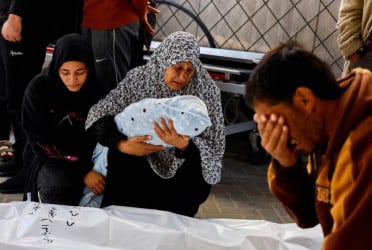As Bangladesh observes World AIDS Day, new statistics reveal a troubling rise in HIV infections. This year, 1,438 new cases of HIV/AIDS have been reported, with a notable shift in the demographics of those affected. While migrant workers and intravenous drug users were once the highest-risk groups, the gay community now accounts for 42% of the new cases.
The country’s Ministry of Health, through the Directorate General of Health Services (DGHS), shared these figures as part of the national effort to raise awareness on HIV/AIDS. The theme for this year’s World AIDS Day is "When Rights Are Fulfilled, HIV/AIDS Will Disappear."
In addition to the gay community, other groups at higher risk include sex workers, drug users, migrant workers, and third-gender individuals. The Rohingya refugee community also faces an alarming increase in infections, accounting for 10% of the new cases.
The highest number of cases was recorded in Dhaka Division, with 406 new infections, followed by Chattogram (326 cases), Khulna (154 cases), and Rajshahi (147 cases). The majority of patients—63%—are aged between 25 and 49, while 21% are between 20 and 24 years old.
The DGHS has also reported 195 AIDS-related deaths this year, with a notable majority (77%) being male. Most deaths occurred among individuals aged 60 and above.
As of November 30, 2024, Bangladesh has detected a total of 12,422 HIV/AIDS cases since the first diagnosis in 1989. The country’s estimated number of people living with HIV is 14,000, with 88.7% of them identified. However, nearly 2,000 individuals remain untreated, posing a significant public health risk.
At the Infectious Disease Hospital in Dhaka, which has seen an increase in the number of AIDS patients, authorities report that 2,490 people were tested for HIV this year, with 188 new diagnoses. Notably, 71 of the new diagnoses were gay men, many of whom were found to be involved in high-risk online app-based communities.
Doctors noted the troubling trend that in the past two to three years, we've seen a concerning rise in the number of gay men among our patients. Many are engaged in online groups that are difficult to monitor, and these communities are at high risk of HIV transmission.
Globally, the World Health Organization (WHO) reports that in 2023, an estimated 39.9 million people were living with HIV, and around 630,000 people died from AIDS-related causes. WHO has emphasized the need for human rights at the center of the fight against HIV/AIDS. The global health body has called for a focus on health equity to ensure that everyone, everywhere, has access to quality healthcare services to combat the HIV/AIDS epidemic.
As the world commemorates World AIDS Day, the WHO reminds global citizens to “Take the rights path: My health, my right!” and continue advocating for the rights of those affected by HIV/AIDS. The ultimate goal is to end AIDS as a public health threat by 2030.
Bd-pratidin English/ Jisan



